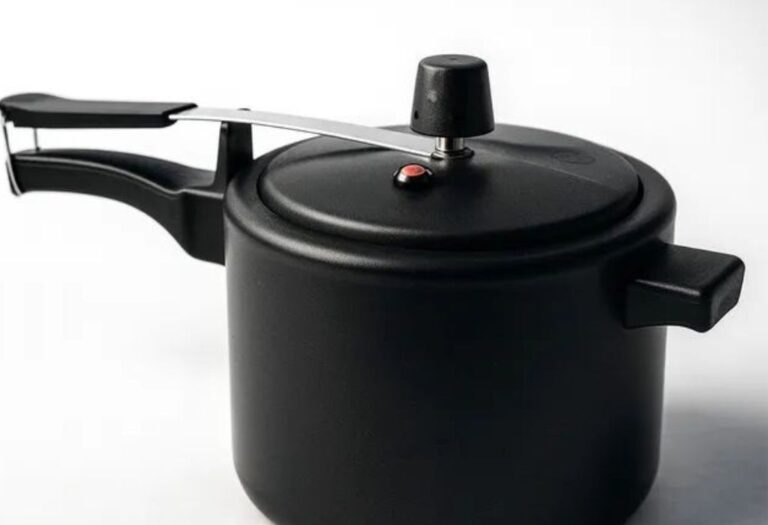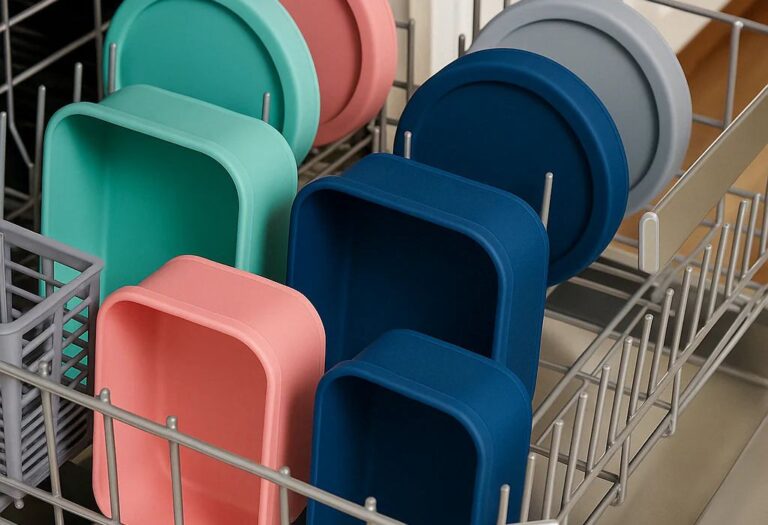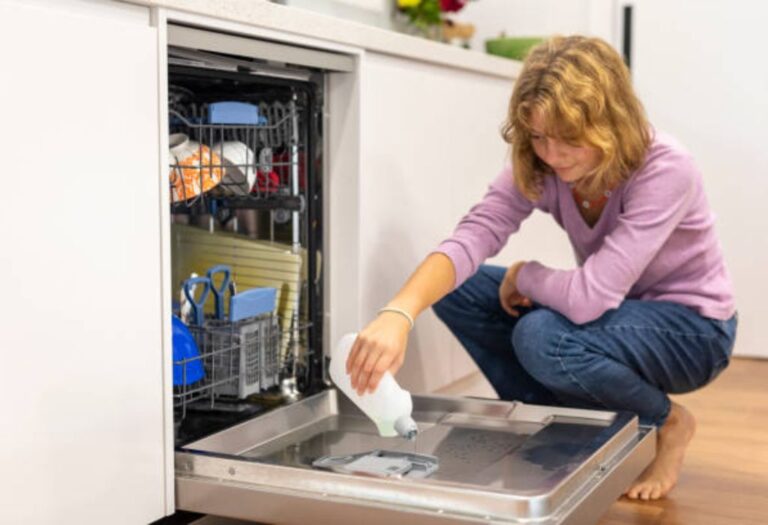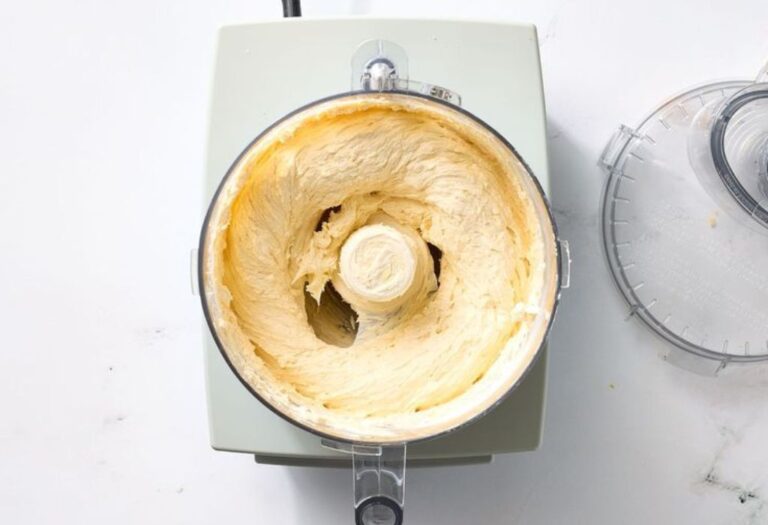The clinking of glass caught the mother’s attention. She turned to see her toddler pulling open a cupboard full of wine glasses. One wrong move could have meant shattered glass and a trip to the ER.
Every year, more than 90,000 children under the age of 5 are treated in emergency rooms for accidental poisonings, according to Safe Kids Worldwide. Many of these incidents start in the kitchen, where curious hands find dangerous items.
Kitchen cupboard safety locks are a small investment with a huge impact. In this guide, you’ll learn why they matter, how they work, the best types to choose, and how to install them properly for maximum safety.
Why Kitchen Cupboard Safety Matters
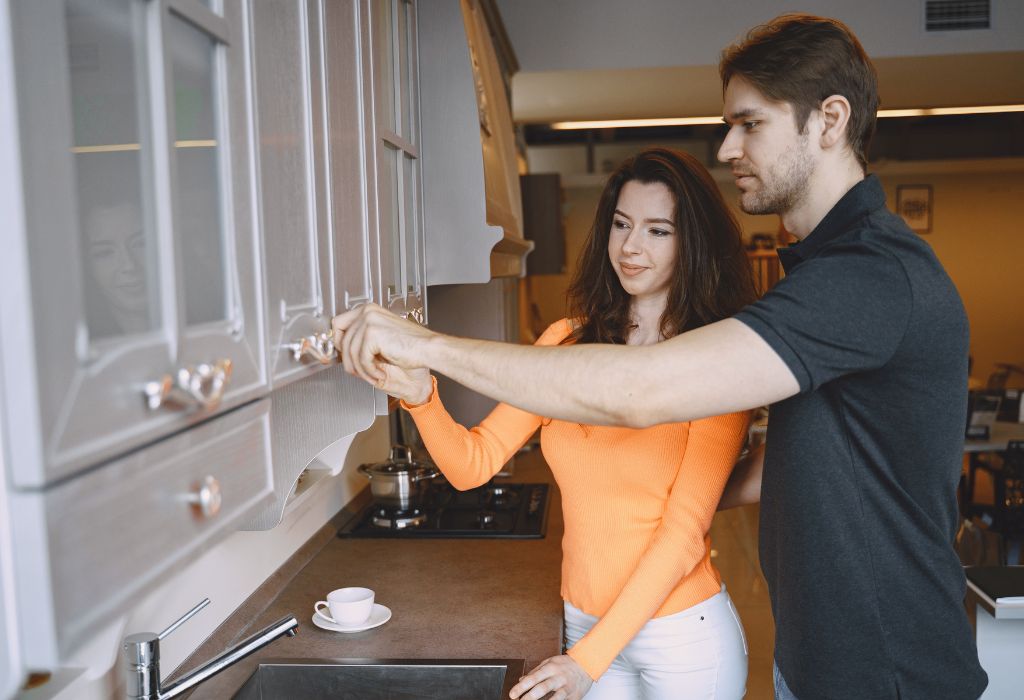
Kitchens are filled with hidden dangers. Cleaning chemicals, sharp knives, glassware, and heavy pots are just a cupboard away. For a child, each of these can be a potential hazard.
The Consumer Product Safety Commission (CPSC) reports that household cleaning products are among the top five substances involved in pediatric poisonings. Proper cupboard locks keep these dangers out of reach.
Securing cupboards is not just about preventing accidents — it’s about creating a home environment where children can explore without risk.
How Kitchen Cupboard Safety Locks Work
Safety locks act as barriers that children cannot easily bypass, while adults can unlock them with simple steps.
Some work with magnets, others with mechanical latches. The idea is to make access difficult for small hands but simple enough for busy parents.
The best models combine ease of use, durability, and discreet design, blending into the kitchen without affecting its style.
Types of Kitchen Cupboard Safety Locks
Magnetic Safety Locks
These locks use a magnetic key to disengage the mechanism. They remain invisible from the outside, keeping your kitchen’s appearance neat.
They are ideal for cupboards containing hazardous chemicals or fragile items. Installation requires attaching a catch inside the door and a lock on the frame.
Pros: Hidden, strong security, easy for adults to open.
Cons: Losing the magnetic key can be inconvenient.
Adhesive Strap Locks
Adhesive strap locks attach to the outside of the cupboard with strong adhesive pads. They require no drilling, making them perfect for renters.
They work well for both cupboard doors and drawers, and the adjustable strap length fits various sizes.
Pros: Easy installation, versatile use.
Cons: Adhesive may wear off over time, especially in humid kitchens.
Spring-Loaded Cabinet Locks
These locks attach inside the cupboard and use a spring latch that clicks into place when the door closes. Pressing the latch allows the door to open.
They offer long-lasting protection but require careful alignment during installation.
Pros: Durable, reliable locking mechanism.
Cons: More difficult to install compared to adhesive options.
Sliding Cabinet Locks
Designed for double-door cabinets, sliding locks fit over both handles and prevent the doors from opening.
They’re excellent for temporary safety needs, such as when visiting relatives with young children.
Pros: Tool-free installation, easy removal.
Cons: Only compatible with cabinets that have adjacent handles.
In-Cabinet Latch Locks
Mounted inside the cupboard, these locks are completely hidden. They require you to open the door slightly before pressing the latch to fully open it.
They are a good balance between security and convenience.
Pros: Hidden from sight, sturdy.
Cons: Requires a bit more effort to open compared to other locks.
How to Choose the Right Safety Lock
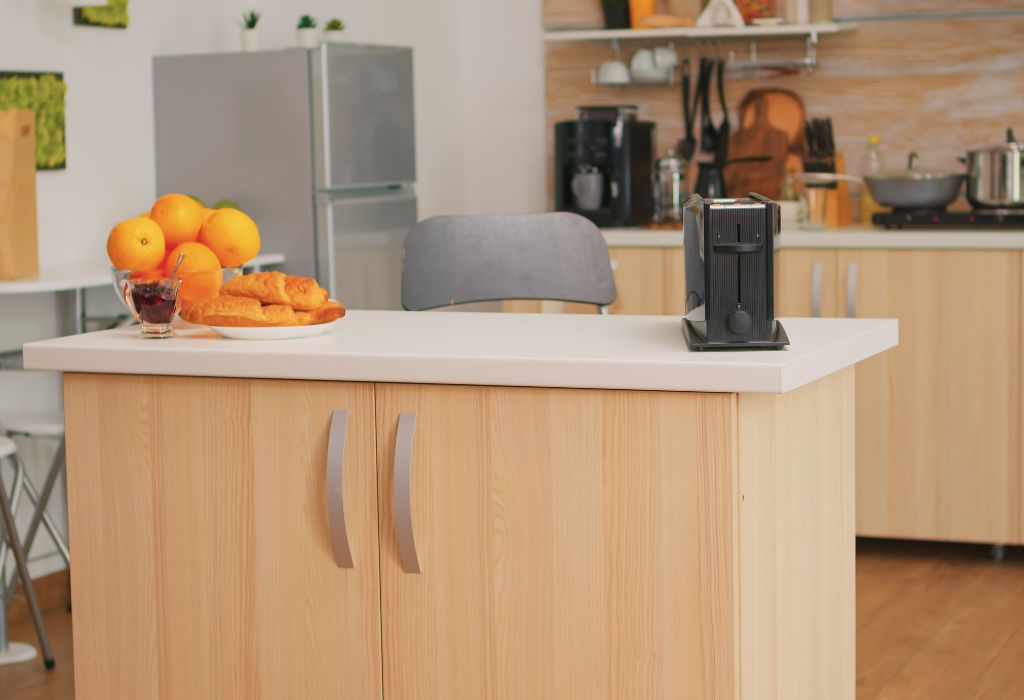
The right safety lock depends on your cupboard type, your child’s age, and your kitchen’s layout.
For toddlers, magnetic locks and in-cabinet latches offer strong security. For older children who can figure out simple mechanisms, a combination of lock types is best.
Consider materials too — metal parts often last longer than all-plastic models. Look for safety certifications from trusted organizations like ASTM International.
Installation Tips for Maximum Safety
Follow the manufacturer’s instructions for your lock type. Clean surfaces before applying adhesive to ensure it sticks well.
Test the lock several times after installation to confirm it’s secure. Avoid leaving the magnetic key within a child’s reach.
For mechanical locks, use the right tools to avoid damaging cupboard surfaces.
Maintenance and Safety Checks
Inspect locks regularly for signs of wear, such as loose screws or weakened adhesive.
Replace any broken or faulty locks immediately. As children grow, adjust safety measures to match their abilities.
Even with locks, store the most dangerous items on high shelves as a secondary precaution.
Other Childproofing Measures for Kitchen Safety
Safety locks are just one part of kitchen childproofing. Keep hazardous products in their original containers with labels intact.
Install stove knob covers to prevent accidental burns, and place non-slip mats in front of sinks and stoves.
Supervision is the ultimate safety measure — no device can replace a watchful eye.
FAQs
Do magnetic locks work on all cupboard types?
They work best on wooden cupboards and some composite materials but may not stick well to thin metal doors.
How many safety locks should I install in my kitchen?
Install locks on all cupboards containing sharp objects, chemicals, glass, or other hazardous items.
Are adhesive locks strong enough for heavy doors?
Yes, if installed correctly, but they may need replacing sooner in humid environments.
When should I stop using cupboard safety locks?
Once children are old enough to understand safety rules and no longer try to access dangerous cupboards.
Can these locks be installed without tools?
Adhesive strap locks and sliding locks can be installed without tools, while others may require simple hand tools.
Conclusion
Kitchen cupboard safety locks are a simple yet powerful way to protect children from everyday hazards.
By choosing the right lock type, installing it properly, and combining it with other safety measures, parents can greatly reduce the risk of accidents.
A safe kitchen is not only about cooking — it’s about creating a space where every family member, no matter how small, is protected.
I’m Emma J. Caldwell, the founder, lead writer, and home-cooking enthusiast behind KitchenGuideCo.com. With a background in culinary arts and over a decade of cooking experience in both professional and personal kitchens, I created this platform to demystify recipes, offer smart kitchen gadget reviews, and guide readers through meal prep with confidence and clarity.


